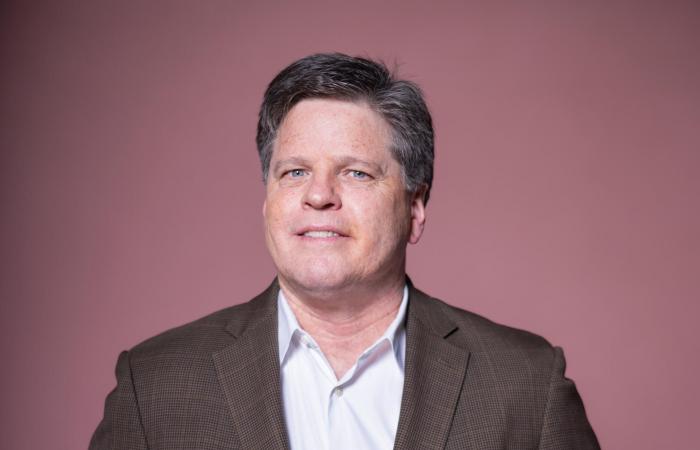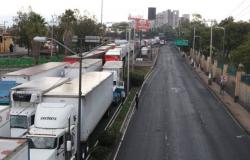Michael Flood photographed in El Segundo on September 8 for the Los Angeles Times.
About a month after COVID-19 shut down much of the state in the spring of 2020, Debbie Deck, who runs a neighborhood food pantry, decided to stay open when many others were closed. But most of her volunteers returned home and the kitchen quickly ran out of food.
At the same time, the need for their kitchen has increased more than fivefold: from 2,500 people a month to 14,000. Families from as far away as Ventura and southern Orange County traveled to West Valley Food Pantry in Woodland Hills.
Discover the changemakers shaping every cultural corner of Los Angeles. This week we bring you Civic Center, a collection featuring the founding mayor, housing advocate, food delivery man, and other people who are the backbone of Los Angeles. Come back every Sunday for another delivery.
Desperate, she called Michael Flood, former director of the Los Angeles Regional Food Bank. The hurricane itself is trying to feed more than twice as many people as before the pandemic.
“Michael, I’m in trouble. “I need help,” Dec told him.
In the early days of the COVID-19 pandemic, neighborhood grocery stores that used to donate to the pantry could no longer do so, he explained. Additionally, many of his volunteers were afraid to leave their homes.
“Stop,” Storm told him. “I will return to you.”
Shortly after that call, Dec started receiving calls from people who wanted to help. The charity Smart & Final came out with an 18-wheeler full of food. Amazon Fresh, which had to delay its grand opening due to the pandemic, has donated thousands of pounds of meat and produce. Staff from a nearby hospital volunteered to help Dec organize a drive-thru food distribution.
“We’ve been able to stay open throughout COVID, and it’s really been because of Michael’s connections,” Dec said.
Storm, 61, who has led the food bank for more than 20 years, has leveraged her deep connections with private donors and local, state and national government officials to drive efforts to serve the growing number of people in need of food. during the pandemic, it increased.
His relationships with Los Angeles County officials allowed the food bank to host large-scale food distributions at large venues like the Hollywood Bowl. And although the worst early days of the pandemic are behind us, Storm said demand for food remains high. Food inflation and pandemic programs are just some of the reasons why many people in the city need help.
Currently, Flood and his team, in coordination with a network of more than 600 partner agencies, including soup kitchens, homeless shelters and senior programs, feed nearly 900,000 people each month.
“The demand is still there,” he said.







